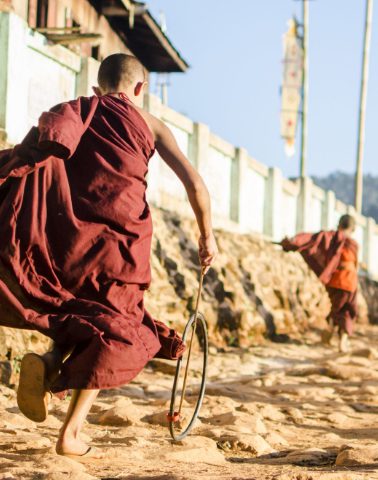
Subscribe to our mailing list
We are still here! Let us send you tips for travelling through Myanmar and stories from the road …

Isolated, but connected. These are the best words to describe Indawgyi. Located in Myanmar’s northern Kachin State, Indawgyi Lake is surrounded by mountains on all sides so it inhabits its own special universe. Simultaneously, it is situated along the road from Mandalay to Hpakant, the most famous gold and jade mining region in all of Myanmar. This unique combination of isolation and traffic from the mix of people constantly coming in and out of the area has created a distinctive history and culture set among an immensely beautiful natural environment.
When asking locals about the origin of the lake, the tale is roughly as follows. There was once a wealthy village inside a large valley. The people who lived there had become greedy from all the gold they easily found nearby. Nonetheless, they wanted more and more and became ever obsessed with getting richer.
Only one kind person lived in the village, a young widow. Since she was a good person, she was given a warning about the town’s doom. A local spirit, or “nat”, came to her and told her to move because the other people of the village had become wicked and that a dragon was going to destroy the town.
The widow tried to warn everybody, but they didn’t believe her. They didn’t want to abandon their wealth and preferred sticking to their ways. She fled and as she was running away the dragon flew over the village and set the town on fire and then flooded the valley. Locals today still say that the old village remains in the middle of the lake and it is used as an ever-present warning to not be overly concerned with material wealth.
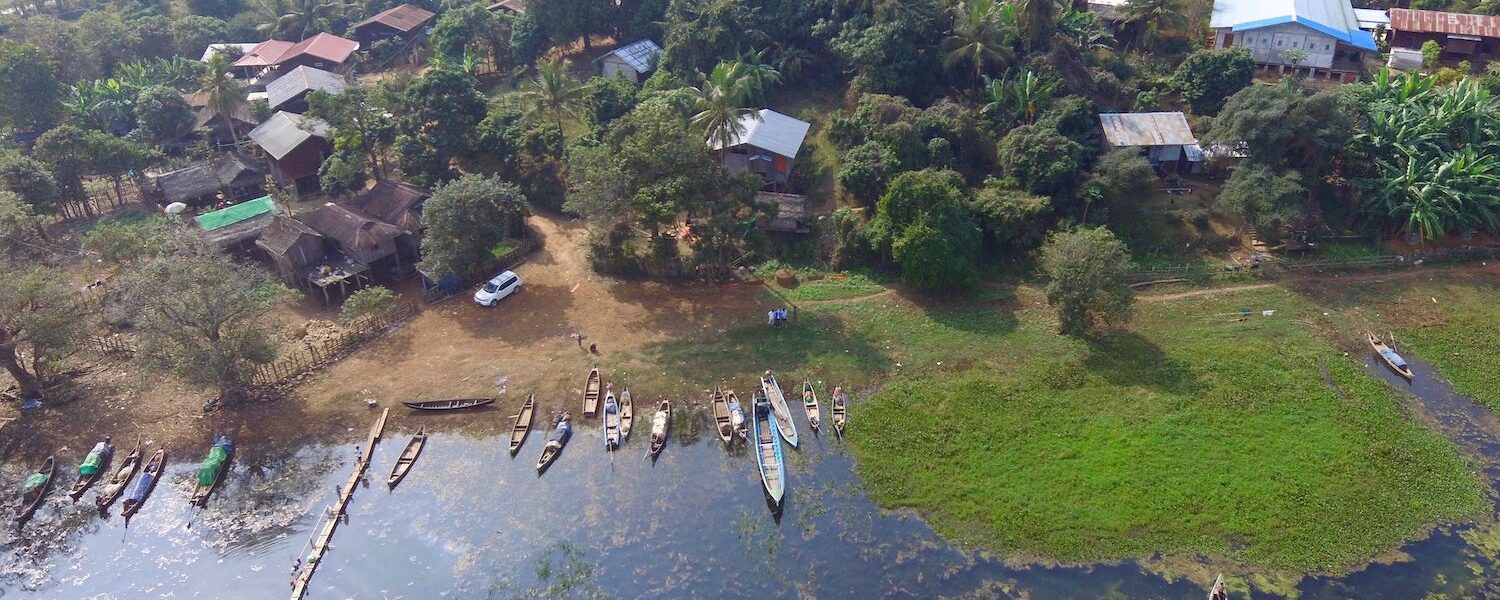
Indawgyi has always been within the broader realm of the eclectic Shan States, a combination of ethnically Shan kingdoms that fought against and allied with each other throughout their long, complex history. Indawgyi was within the borders of two of the most powerful states, Mogaung and Mohnyin, and artefacts and remnants of this history can be found scattered throughout the different villages at the lake to this day.
Nowadays, the population of Indawgyi is a mix of three different ethnic groups: Shan, Kachin and Bamar. The Shan-ni (Red Shan) are the most prominent group here and comprise roughly 70% of the lake’s population. They are actually an offshoot of the larger Shan-Gyi (modern Shan State) with their own unique dialect and script. They primarily subsist on agriculture and fishing and are largely Buddhist. For this reason, there are many incredible pagodas and monasteries surrounding the lake.
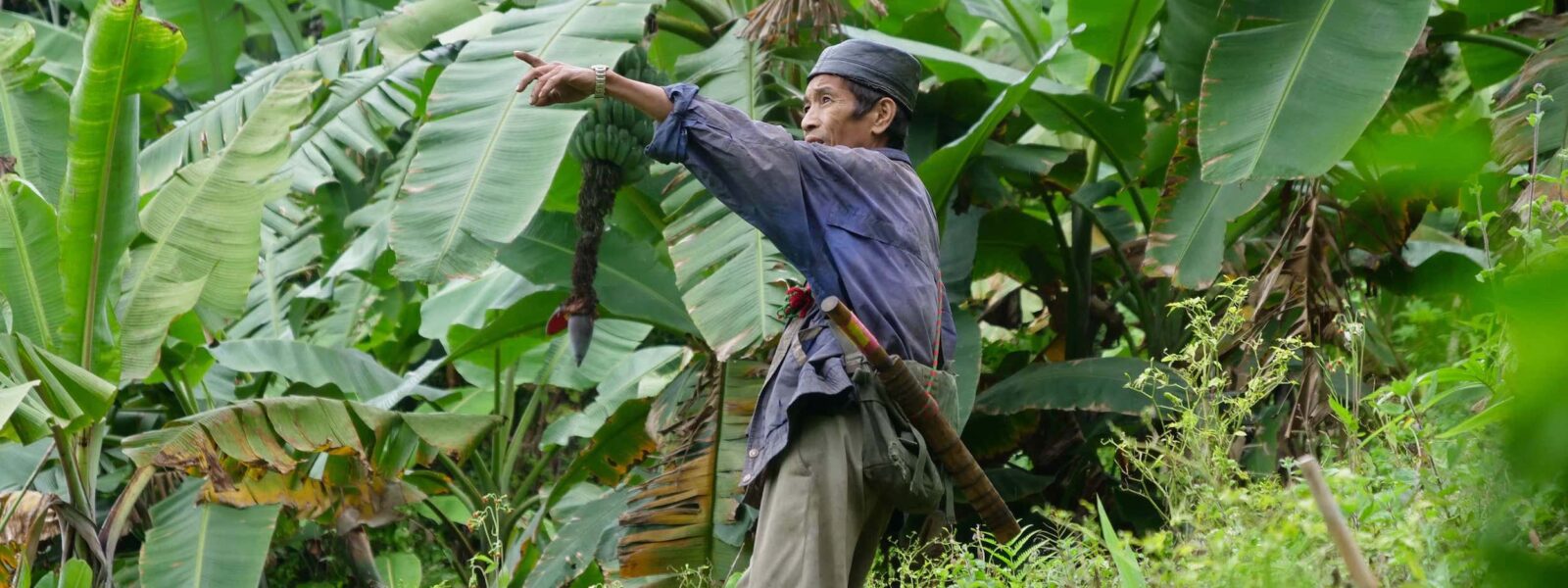
By far the most recognizable landmark at the lake is Shwe Myintzu Pagoda. It was built in 1868 following the request of U Thawbita, a revered yet rarely seen monk who spent most of his time meditating deep in the forests west of Indawgyi. In an effort to bring Buddhism to the lake, he asked villagers to help him build a stupa on the island in the middle of Indawgyi, and five months later the structure was completed.
Now connected to the shore by a concrete walkway and electric lines, it used to be only reachable by boat or the natural land bridge. During rainy season, the waters of the lake get so high the lower level of the pagoda is flooded and the only way one to enter it is by taking a small boat to a raised platform where one can cross over to its upper levels.
Shwe Myitzu is one of the most revered places in all of Myanmar and a stunning architectural wonder that adds to the mystical allure of the lake and is the home to a yearly festival in March that attracts over 150,000 visitors.
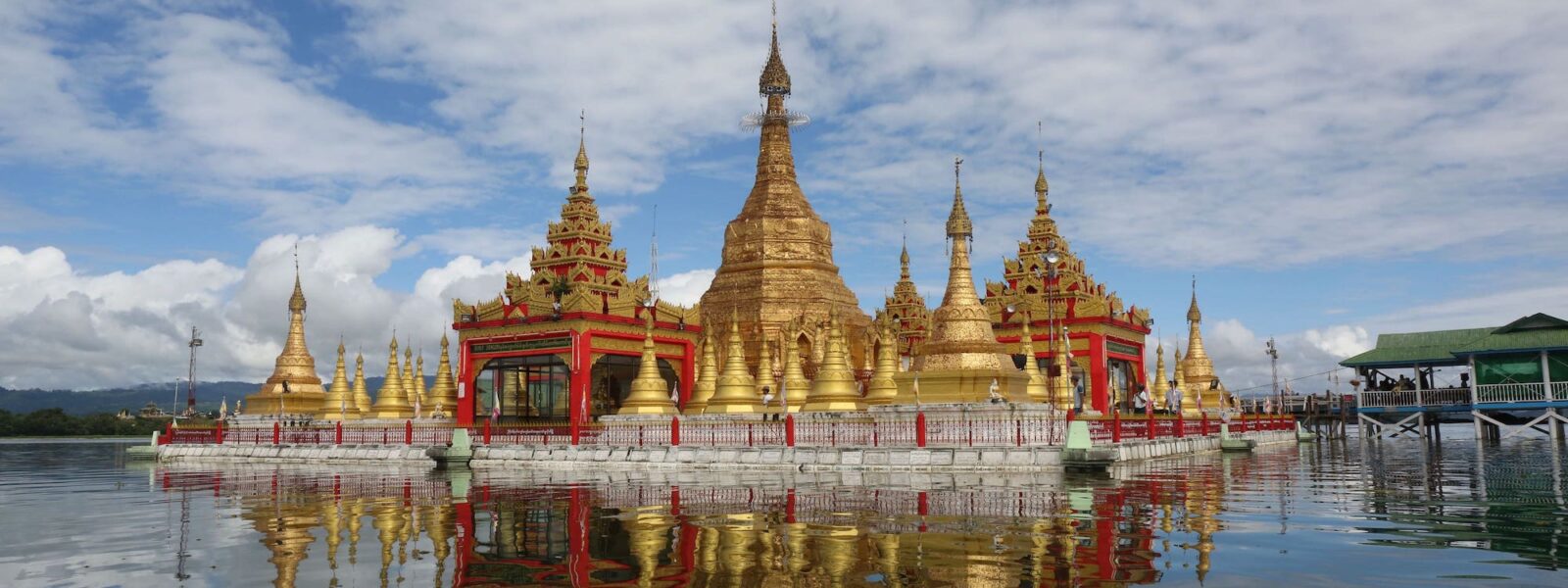
Although Shwe Mitzu may be the most famous place around the lake, there are countless other sights and natural experiences. Although it is easy to get lost in big wonders such as the floating pagoda and the massive Bamboo Buddha, it is the individual charm of each village and the beauty around them that makes Indawgyi Lake so special.
Every village has its own culture, crafts, history, and blend of people who live there. Each has a unique relationship to the individual ecosystem it inhabits. Whether on the lake or in the mountains, surrounded by rice fields or forests, connected or separated from the main road that runs across the western edge of the lake, these communities present innumerable opportunities for exploration and understanding.
One example is Lon Sant Village that is producing sustainably designed local trash cans. Village elders recognized there was a growing problem with plastic waste scattered on land and in the water. They turned to traditional methods as a way to do something about it.
Crafting together bamboo frames and fishing nets, the traps that were always so useful in catching the fish they rely on have proven useful in collecting trash and keeping it out of the waters and away from the shorelines. This is just one example of the many different localized initiatives that have started at the lake. Something different can be discovered in each of the 37 villages across the surrounding valley.
Indawgyi is one of the few remaining untouched flooded wetland ecosystems in the world, and a number of issues threaten to destroy the home of countless flora and fauna as well as migratory birds that are hallmarks of the environment here.
Pollution and environmental problems stemming from a growing population, deforestation, overfishing, and illegal gold mining threaten the natural habitat along with the waste generated from the surrounding villages. Indawgyi has been recently designated a UNESCO Biosphere Reserve, and has been a wildlife sanctuary park since 1999, but a lot still needs to be done to address these issues.
In addition, with a growing interest and tourism industry in Myanmar, one of the biggest concerns at the lake is making sure it does not become overrun by such activities and lose its identity to become just another tourist destination. Many local organizations and prominent figures in the communities often express fears that they do not want Indawgyi to become Inle Lake, which they feel is overdeveloped and has lost touch with its original culture.
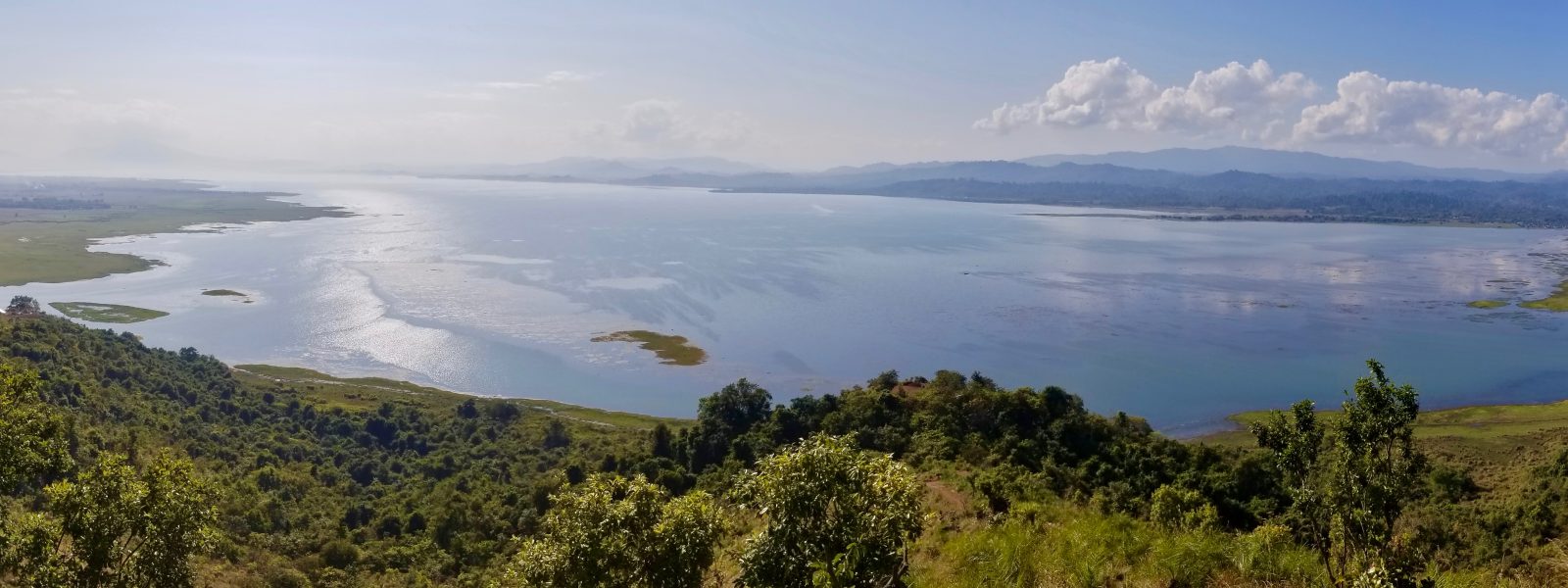
What residents are hopeful for is a balance of enough tourism. And the right kind of tourism.
Some of the local residents recognize these obstacles and their concerns fall into the above categories. For them, the foremost strategy for solving them is awareness. There needs to be a better network of information and resources among the villages in order to address these issues.
Many people believe that sustainable tourism can be a helpful way to start turning the tides in order to have a healthy lake, however a fear remains of things becoming overdeveloped and becoming like Inle Lake. What residents are hopeful for is a balance of enough tourism and the right kind of tourism.
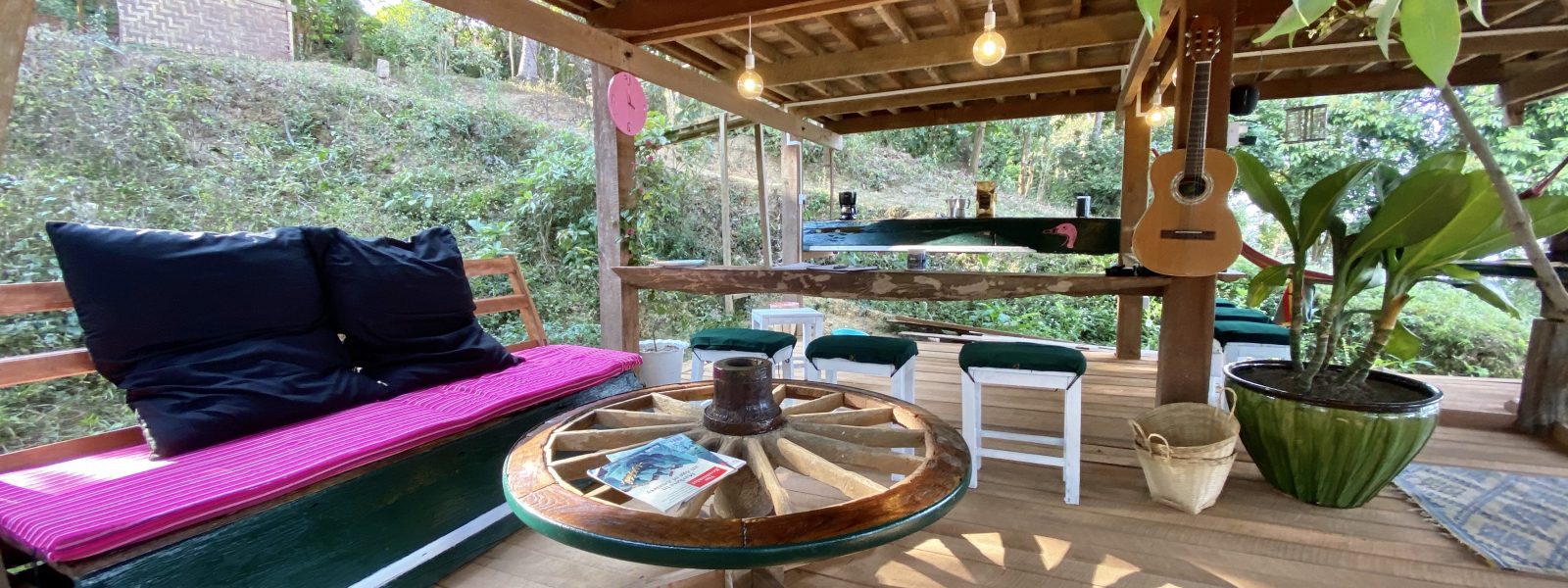
Our company, Face of Indawgyi, launched as a means to work alongside and connect local and international organizations such as Inn Chit Thu, Parami, Pinnya Tagar Academy, as well as community forestry groups to work together to understand and address these problems.
Our organization is focused on four main pillars: environmental conservation, education, cultural preservation, and sustainable development. The goal is to use the revenue from sustainable tourism to support initiatives such as Lon Sant Village’s sustainable trashcans along with future projects to build a sustainable infrastructure around the lake.
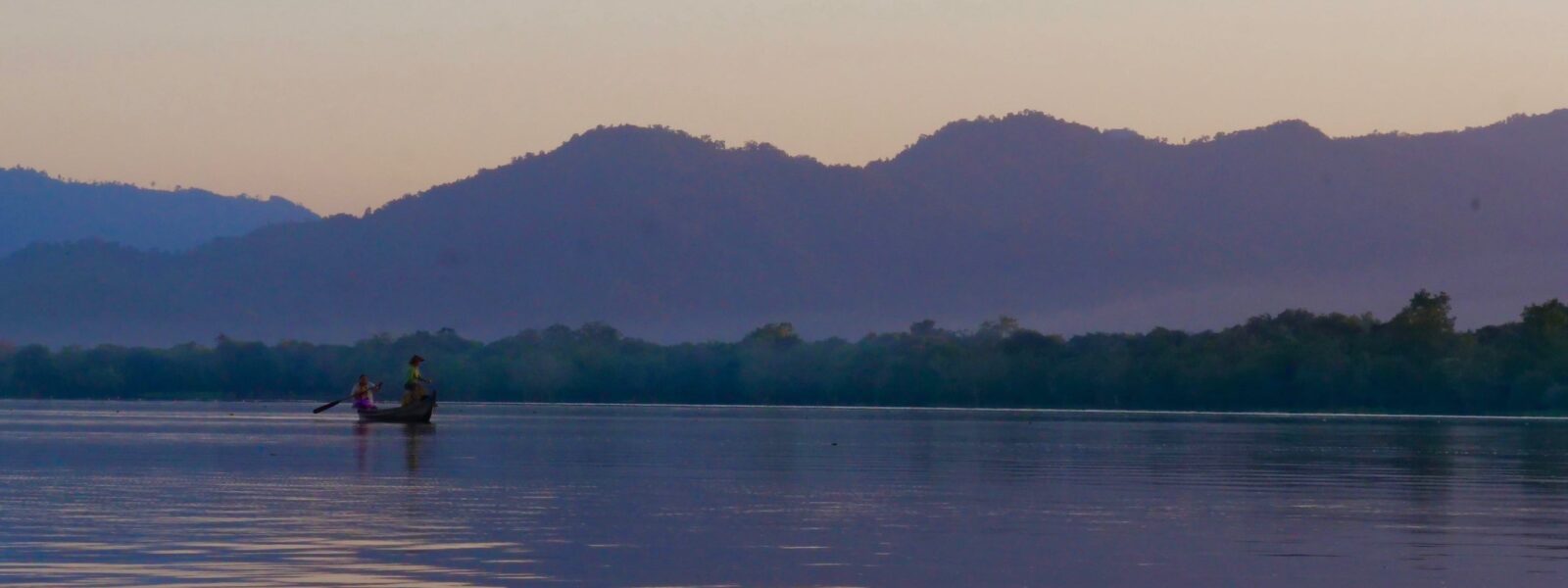
Tourism development is inevitable in Indawgyi. Its immense natural beauty and the relative ease of which it can now be accessed will make it a popular tourist destination. Our goal is to ensure that tourism happens in a positive way that supports and enhances the strengths of the local environment and culture. At the same time, we want to combat the problems it faces today as well as prepare for those that might arise in the future.
Finding the right balance between these things will be difficult, but with the determination of the local groups already here along with the designation of Indawgyi as a UNESCO Biosphere Reserve, it will be possible to see the beauty of the Indawgyi region preserved for generations.
Face of Indawgyi began offering eco-tourism adventures in 2018, giving visitors a taste of the local culture and natural environment. You can find them more information at https://www.faceofindawgyi.org/.